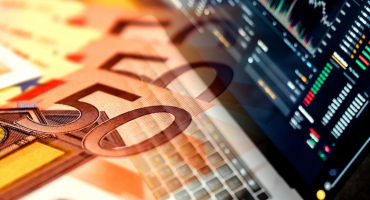The macroeconomic environment that has underpinned the global financial markets for the past 25 years is clearly transforming, with potentially profound implications for how investors should think about asset prices and market structures. Indeed, we believe this reshaping of the macro landscape — nothing short of "regime change" — is likely to challenge (and maybe even overturn) many of today's long-held investment assumptions.
Nowhere is this more true than on the global inflation and interest-rate fronts. The so-called "easy money" era — a multi-decade period marked by historically low inflation and ultra-accommodative monetary policy — is over.
New reality: Structurally higher and more volatile inflation
Structural global inflation is at the root of our "regime change" thesis. In fact, we have been steadfast in that conviction for more than a year now, even as the market and central bank consensus was suggesting that resurgent inflation was merely "transitory." Our 2021 research concluded that going forward, inflation was likely to be stubbornly higher and significantly more volatile than expected. Some, though not all, of the longtime catalysts of low and stable inflation are now more or less in reversal. Namely, we are seeing tectonic shifts toward less globalization, greater regionalization, and a new set of political objectives (including decarbonization) that will require more activist fiscal policy — policies that we believe are more apt to generate higher inflation than stronger trend growth.
Broadly speaking, the global macro environment from here is likely to be somewhat reminiscent of that in which the capital markets operated pre-1995 (rather than post-1995). A striking feature of much of the past 25 years is how tame macroeconomic volatility has generally been, in terms of both GDP growth and inflation, despite some major recessions along the way (Figure 1). We think we are returning to a world where GDP growth and inflation are going to be more volatile, similar to what we experienced from the mid-1960s to the late-1980s. During that period, economic and business cycles tended to be more frequent and more pronounced.













